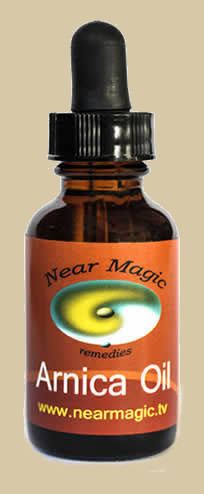Description
http://www.helenmcguinness.com
Helen McGuinness demonstrates relaxation techniques as part of a Reflexology Treatment.
Reflexology is a very effective form of therapeutic foot massage, and is a natural form of healing which uses the feet to treat the entire body. Reflexology can therefore be classified as a 'holistic' therapy; in other words it aims to bring about good health by looking at the whole body and not just a single part.
This approach is different to conventional medicine where individual symptoms are treated or suppressed. These very symptoms are often an indication of the root problem, which must be restored to balance to achieve good health and harmony.
Reflexology is a method of activating the healing powers of the body and is a completely natural way of increasing circulation to the internal organs through the feet, thereby working to restore function of the body to normal.
The technique of Reflexology involves a specialised form of compression massage, applied to the feet (and also the hands in certain cases) with the fingers and thumbs. Every part of the body has its corresponding reflex point on the feet (or hands). By working over the reflex areas on the feet, imbalances in the energy pathways may be detected. These energy pathways are the longitudinal zones, which run throughout the body.
Clients describe imbalances in different ways. Common descriptions include feeling tender, sore, sharp, bruised and gritty. Gritty areas are due to the presence of crystal deposits. By further massaging these areas, they can be broken down and taken up by the blood circulation to be eliminated. All of these descriptions whether gritty, tender, sore (or a combination of all of these) help indicate to the practitioner which parts of the body are not working efficiently or which areas may be out of balance.
It is very important to remember that just because a part is out of balance, it does not necessarily mean there is a specific named disorder. Sensitivity to the treatment will vary enormously from client to client and no two people will ever react in the same way. Often during the preliminary sessions the reflexes may almost appear insensitive, despite the fact that the client may have a lot of imbalance in the body. However, usually the feet become more sensitive after subsequent treatments, once the energy flow and vitality to the feet improves. Sensitivity of the feet can also be dependent on other factors such as the client's mood and their present state of health.
If a part is found to be out of balance, then it may not be functioning efficiently due to number of different factors such as stress, diet, negative thoughts, as all of these have the potential to throw the body out of balance.
Reflexology should be thought of as a preventative treatment as the aim is to trigger the body back to a state of equilibrium or balance and to promote good health and a sense of well being.
One of the most important steps towards achieving this is through reducing stress and inducing relaxation, which is one of the areas where Reflexology can be most beneficial.


























